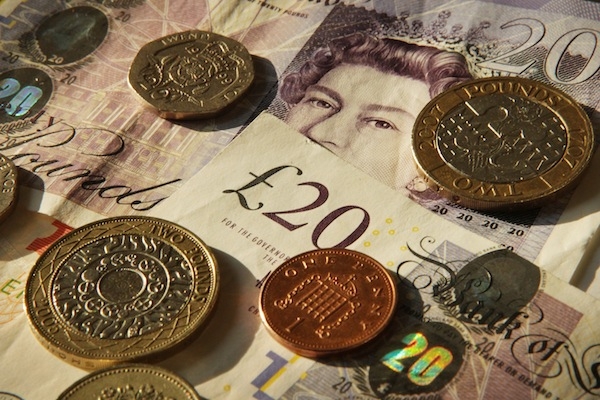Mortgage rates are at record lows, personal loan rates have fallen, credit card deals are better than ever and the base rate has been stuck at 0.5 per cent for the past seven years. There’s even speculation that the Bank of England will cut it later this week. So why are current account customers paying through the nose for overdrafts?
Days after it emerged that going overdrawn on a current account without permission can be up to four times more costly than taking out a payday loan, analysis by Moneyfacts has revealed that ‘extortionate fees’ have pushed overdraft costs to a new high.
According to Moneyfacts, even authorised overdrafts can cost borrowers as much as £180 a year (we’re looking at you Halifax and Santander). That’s bad enough but it’s the flat usage fees that really sting.
Traditionally, providers charged interest when customers dipped into the red. I’ve no problem with that. But, over the past few years, banks have introduced a set charge, often in addition to a higher interest rate for breaching agreed borrowing levels.
In July 2008, only 22 per cent of non-fee charging current accounts levied a usage fee for an arranged overdraft, but this figure has now hit a record high of 56 per cent – almost two-thirds of the entire market. This has resulted in the average monthly fee rising from £1.15 in July 2008 to a high of £6.93 today.
Rachel Springall, finance expert at Moneyfacts.co.uk, said: ‘Current account customers often turn to an overdraft in order to quickly and conveniently borrow money for a short term, but in recent years the cost of dipping into the red has become extortionate.The average cost of a high street bank overdraft is now six times higher per month than it was eight years ago, after having risen from £2 per month in 2008 to £12 today.
‘At a time when the cost of borrowing using a loan, credit card or mortgage is falling, it’s disappointing to see that bank account customers are not seeing the same reductions.’
The good news – if you can call it that – is the worst charges can be avoided by moving to a more competitive account or even a basic bank account, which does not have an overdraft facility. But if you’ve come to rely on your overdraft, this may not be an option.
‘Transparency should always be encouraged in the banking sector, but an attempt at greater simplicity is also a root cause of increasingly costly overdraft usage fees,’ Springall said. ‘The Competition and Markets Authority has urged banks to work harder for customers, but apart from lucrative switching incentives, nothing positive has happened for those who plan what they borrow.’
Now the Treasury Select Committee is putting pressure on banks to come clean about their overdraft charges. Last week the committee chairman, Andrew Tyrie, demanded that 13 banks explain their overdraft fees.
Each has been asked to explain the overdraft charges on all personal current accounts, specifically the charges for both authorised and unauthorised overdrafts; what, if any, caps apply to fees on authorised and unauthorised overdrafts; and what action, if any, is taken when a customer enters an unauthorised overdraft.
Tyrie said: ‘Consumers need to know what they are being charged for their bank accounts, especially their overdrafts. At the moment they often struggle to find out. So I have written to the banks in an effort to obtain some of this information and, in particular, to see what steps the banks take when a customer falls into an unarranged overdraft.
‘The Cruickshank Report in 2000 identified problems with price transparency and the difficulty of comparing products. Almost two decades after this landmark report, these problems remain as bad as ever.’
Two decades and not only has nothing improved, it’s become markedly worse for current account customers. And I don’t expect that to change anytime soon.
Helen Nugent is Online Money Editor of The Spectator






Comments